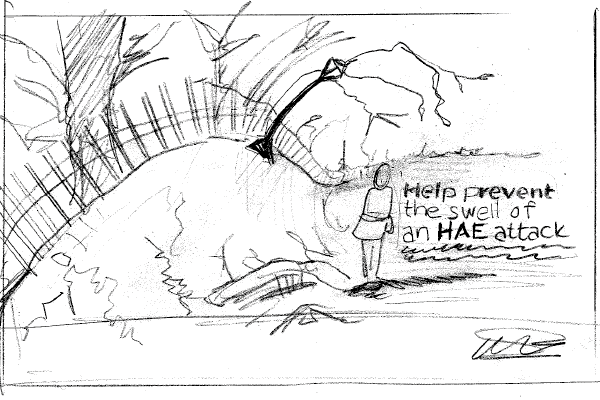Reviewing a project in its early stages can keep it on the right course—ensuring that you will receive the creative you’ve envisioned for your brand.
As a brand manager, when you engage your agency for creative work—whether it be a brand new launch campaign, a direct mail program, or even a simple logo exploration—it is crucial to provide helpful and constructive feedback in the early stages of the project.
One simple way to ensure that your vision is captured is to review creative work early on, in rough draft or sketch form.
With today’s technology moving at breakneck speed, there is a tendency among creative folks to run right to the computer, where they can spend your valuable hours and budget executing an idea that may or may not be on target.
How many times have you received work from your agency, fully written and developed, and thought…this is not what I had in mind? When it’s too late in the game to start over, you could end up with a finished product that doesn’t fulfill the dreams you had for your brand.
Here are a few tips to help you avoid disappointment and ensure you get the best quality creative for your brand.
1. Review content in the outline or rough-draft stage.
For some reason, this step is being skipped more and more often, and it’s a dangerous thing to overlook. Even when timelines and budgets are tight, reviewing an early content outline is always a good idea. You can see the story from the “fifty-thousand foot level,” and make sure the writers have the right idea, tone, and flow before getting in the trenches.
2. Get internal buy-in and medical/legal feedback as early and as often as possible.
This little mantra applies to all creative, all the time. Nothing can be more damaging to your brand and budget than developing a powerful campaign that gets shot down because of an internal or legal issue. Schedule meetings; get the right people in the room talking about your project as early as possible. They will be more likely to approve the final product if they feel that their input has been considered all along.
3. View concepts and artwork in sketch form.
Imagine the thought! Yet perhaps because of the advanced technological age we live in, we do this less frequently than we should—even though it remains as important as it’s ever been. Starting with simple sketches is still recommended by some of the top designers in the field. From wireframes, concepts, or even flow charts in a PowerPoint presentation, seeing an idea sketched out first with pencil on paper can make the solution so much stronger in the end.
In the online tutorial, The Role of Sketching in the Design Process, digital designer Sean Hodge explains the importance of sketching out rough ideas before jumping into design, particularly when it comes to the client approval process.
“The more detailed the project will be the earlier you want client approval,” he writes. “If you’re going to spend hours on an illustration, you want to make sure the client is in agreement with your choice of design before moving forward.”
Read more and view examples of Sean Hodge’s key points.
Although computers have, in many ways, made our lives easier and our creative process lightning fast, we still need to think, plan, and sketch out ideas, guaranteeing they are fully baked before we proceed with them.
In this age of “cut and paste” content management, Internet imagery, and computer-generated comps, my message is that we can all benefit from slowing the process down a bit. By taking the time up front, you can really nail your brand’s personality.
Together with your agency partner, you can employ early outline and sketch strategies to create campaigns that are not only of high quality as well as being affordable, but are also representative of your brand vision.
Click to view how our sketch of “The Swell” became an an award-winning ad.







